dan pearlman, a leading brand and experience architecture group, has shared its insights into creative approaches to zoo design, following its project to create the Rhino Pagoda at Berlin Zoo, Germany.
The Rhino Pagoda opened officially on 23 June 2023. This 14,000 square-meter habitat was created to support the conservation of the Indian rhinoceros, which is one of the most successful conservation initiatives in Asia to date.
In March 2024, the firm unveiled the latest addition to the habitat; a lifelike bronze statue of a rhino.
Dr Andreas Knieriem, director of the Berlin Zoo, comments: "With the welcome of our last, truly marvelous armored rhino, the Rhino Pagoda is now complete."
Introducing "Zoo Thinking"
Zoos are essential to the preservation of biodiversity. Their global campaigns and on-site activities enable them to champion and increase public understanding of the significance of wildlife conservation.
Kieran Stanley, founder, CEO, creative director of dan pearlman Experience Architecture, explains how design can help to support zoos in their work.
"As architects for zoo design, our responsibility is to aid them in this critical endeavor by designing zoo facilities that prioritize animal welfare and motivate visitors to commit to biodiversity and nature conservation," he says. "The work we undertake for zoos establishes a context for wildlife conservation that tries to bring this crucial issue to the forefront of society."
The firm has developed a holistic "Zoo Thinking" approach for the full or partial design of immersive, creative and sustainable zoos.
The zoo is a living entity characterized by interactions among animals, visitors, and operations. As a result, the Zoo Thinking model views the zoo as a unit comprised of three components: animals, operations, and visitors. It is built on a three-sided equilibrium, with three parts, known as "organs", which are given equal weight. These parts work together to provide a dynamic and immersive experience for visitors while also safeguarding the health and well-being of the animals under their care.
"I am convinced that zoos and aquariums have a future as holistic educational, research and species protection institutions as well as leisure attractions," says Stanley. "The "Zoo Thinking" model co-creates efficient and sustainable animal and human-friendly spaces that focus on the well-being of animals and humans alike whilst fulfilling and future proofing this mandate.
"Our goal in all our work is not only to achieve functional efficiency but also to bring visitors closer to animals on both physical and emotional levels, inspiring them to develop a deeper appreciation for nature and its wildlife."
A beacon for conservation
One outcome of this process is the construction of architectural landmarkswith an influence that reaches beyond the zoo's boundaries, such astheRhino Pagoda at Berlin Zoo, and whichsharesan enduringmessage with the world.
Stanley explains: "At the core of our approach are nine specialized cells, each of which is assigned to one of the three organs and performs a central task. By organizing the zoo in this way, we ensure that every aspect of the institution is aligned with its overall mission and goals.
"At the center of the organism is the DNA, which is affected by the cells and organs and forms the unique identity of the zoo as a holistic organism. This unique selling point is essential in creating a memorable and engaging experience for visitors, while also providing a clear and compelling vision for the institution's future."
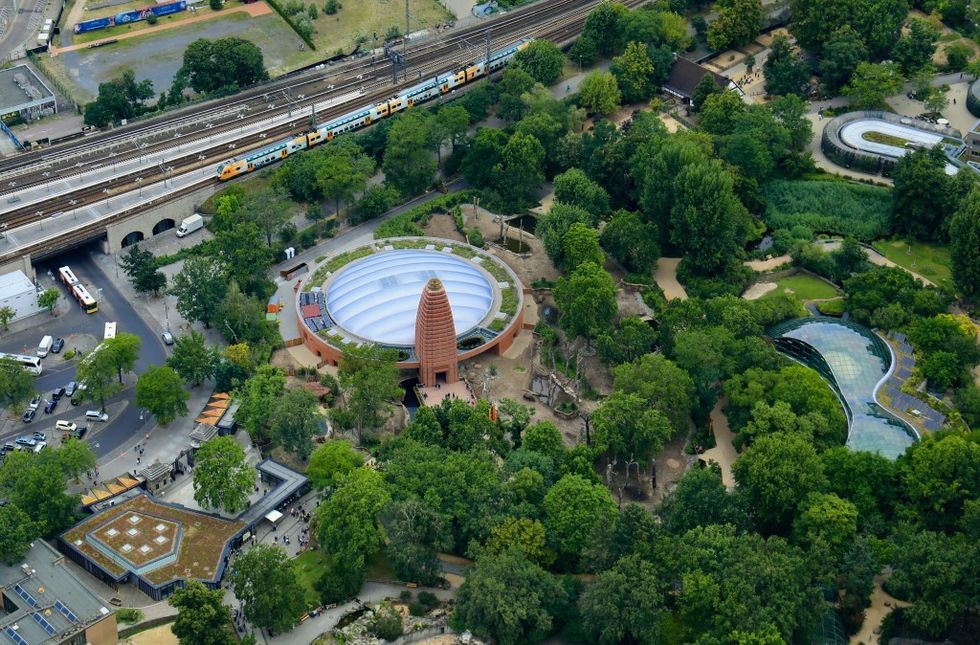
The zoo appointed dan pearlman to co-create the Rhino Pagoda project with the vision of creating a beacon for conservation.
The building, which is devoted to the endangered Indian rhinoceros, will raise awareness of the zoo's wildlife international conservation initiatives. Visitors journey to the rhinos' home in Northeast India, learn about their natural environment and can actively contribute to the zoo's work in the Assam region to safeguard the Indian rhinos through their donations at a wishing well.
The architecture, landscape, and interpretation will incorporate environmentally beneficial activities for both animals and visitors through imaginative and immersive design. The rhino enclosure complies with current animal welfare guidelines by exhibiting the animals in their natural habitat. The rhinos live in an Indian-style pagoda and a swampy setting alongside warty pigs and tapirs.
The 14,000-square-meter enclosure features boggy places for wallowing, several bathing ponds, and an underwater bathing area visible through huge armoured glass windows. This design allows zoo visitors to come closer to the animals than was previously possible. The rhinoceros and warty pigs live in an enclosure with a natural floor, while the tapirs are in an adjacent enclosure.
The whole interior of the rotunda is covered by an EFTE foil roof that is UV-permeable and allows the animals to enjoy large free-range areas with abundant daylight. The pagoda is encircled by lush outdoor areas, complete with tall grass and picturesque streams in the shadow of the zoo trees.
At the centre of the habitat isa 25-meter-tall towermade of 68 stacked concrete components eachweighing up to 10 tons, and finished witha golden metal crown. The design honours the zoo's historical buildings, including the Elephant Pagoda, which was demolished during WWII. The Rhino Pagoda is a tribute to biodiversity and the conservation of endangered species and builds onthe zoo's175-year legacy.
Stanley says: "The Rhino Pagoda opened to visitors in June 2023 and has since then immersed visitors in the habitats of captivating and frequently endangered animal species, enabling them to experience these remarkable creatures up close and on a deeply personal level.
"Such emotional experiences, when coupled with engaging interpretive design about species conservation, leave indelible impressions on the hearts and minds of visitors. This can lead to individuals feeling empowered to contribute, whether by tossing a coin into a wishing well or adopting a more sustainable lifestyle over the long term."
Endring exhibit
The bronze new statue stands in front of the Rhino Pagoda and offers a lifelike representation of a rhinoceros. This work was created by artist Rico Rensmeyer, together with Anke Schirlitz from the Altglienicke Art Foundry. The exhibit forms part of the educational exhibition designed by dan pearlman Experience Architecture. It follows a long tradition of bronze statues at the Berlin Zoo, and provides a photo point in front of the Pagoda.
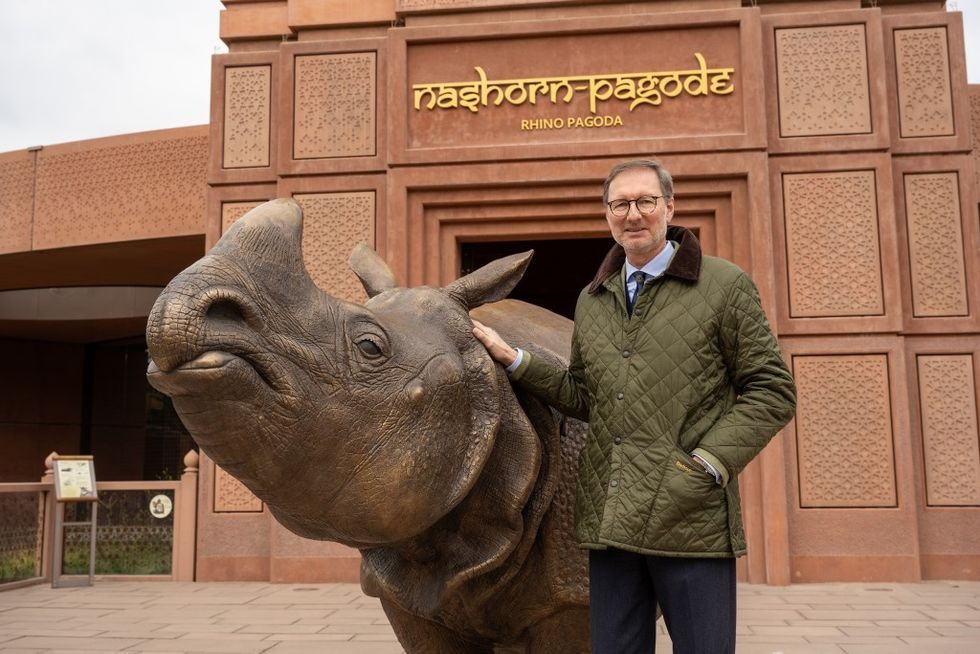
"While rhinoceroses in their natural habitat can live up to 40 years, this bronze rhino – installed in the 180th anniversary year of the Berlin Zoo – will surely witness another 180 years of zoo history and delight many large and small visitors of the Berlin Zoo," says Stanley.
Last month, dan pearlman revealed details of the Candyland and Skypark attractions at the LOOP5 shopping mall in Weiterstadt near Darmstadt, Germany.
Top image kind courtesy of dan pearlman
©project Rhino Pagoda, Berlin Zoo, by dan pearlman Experience Architecture Berlin, Germany



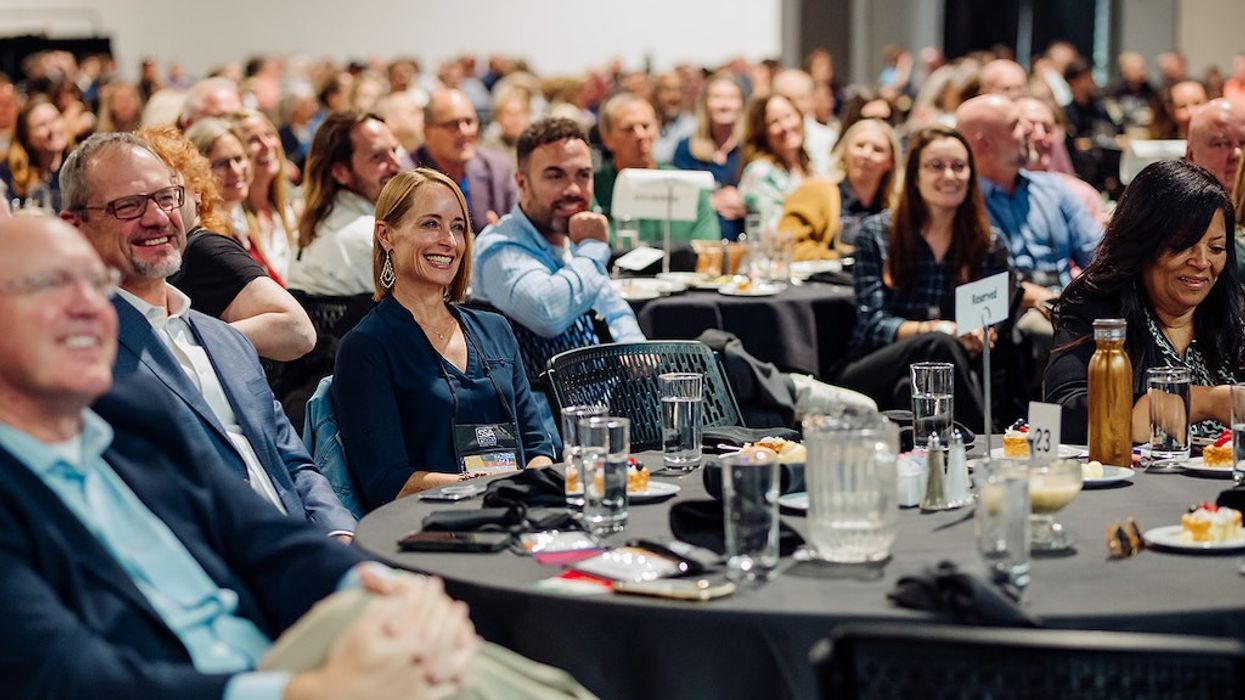


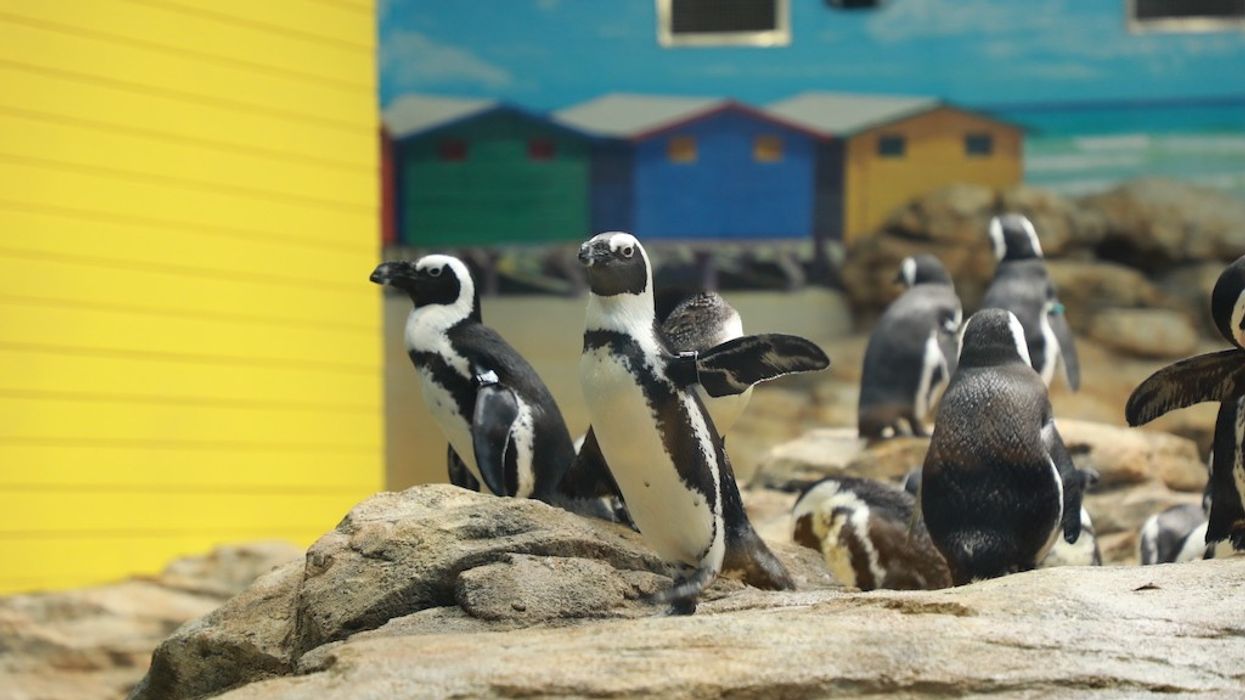
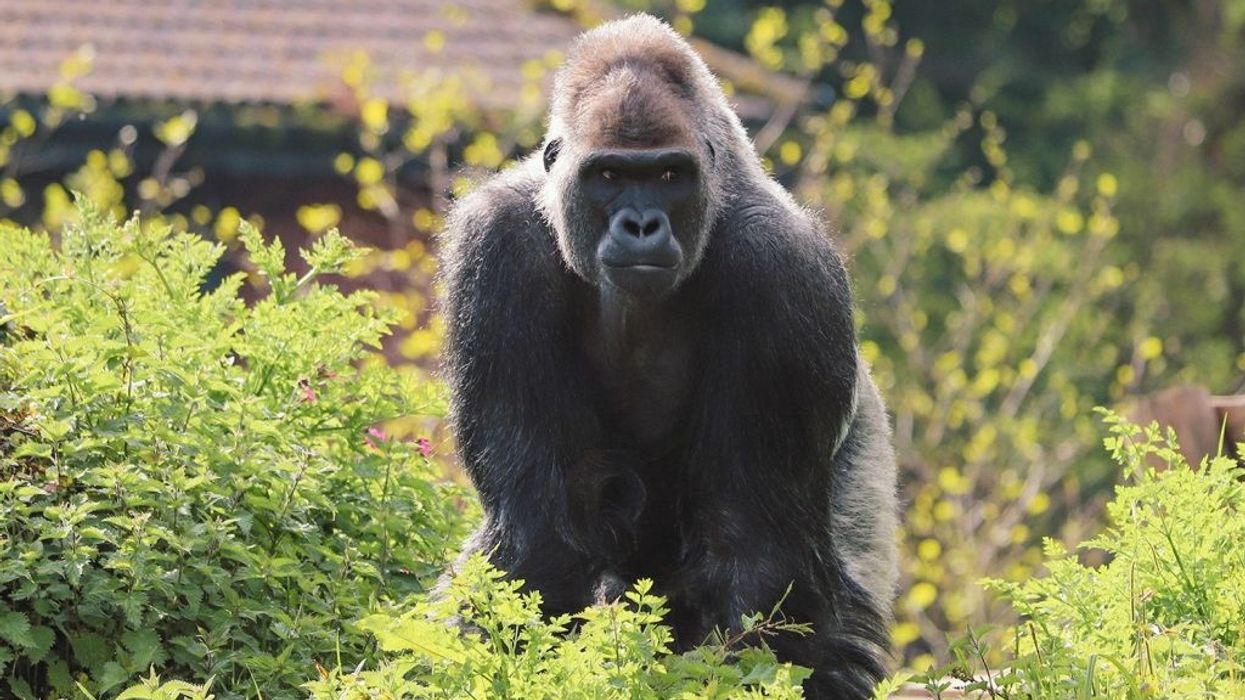
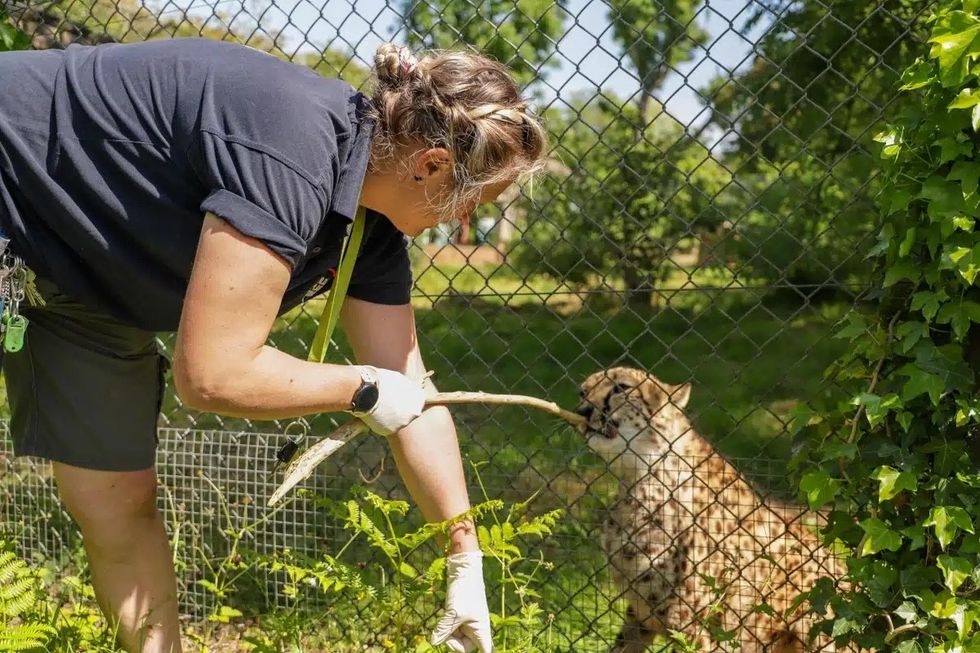




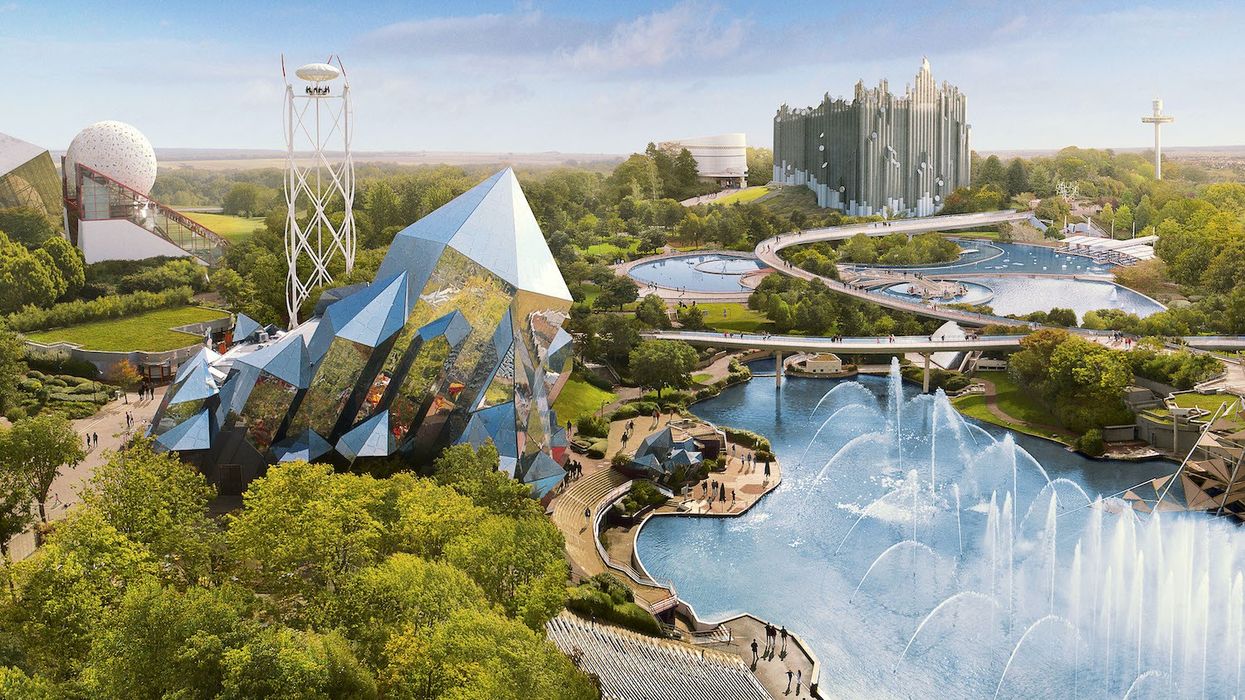

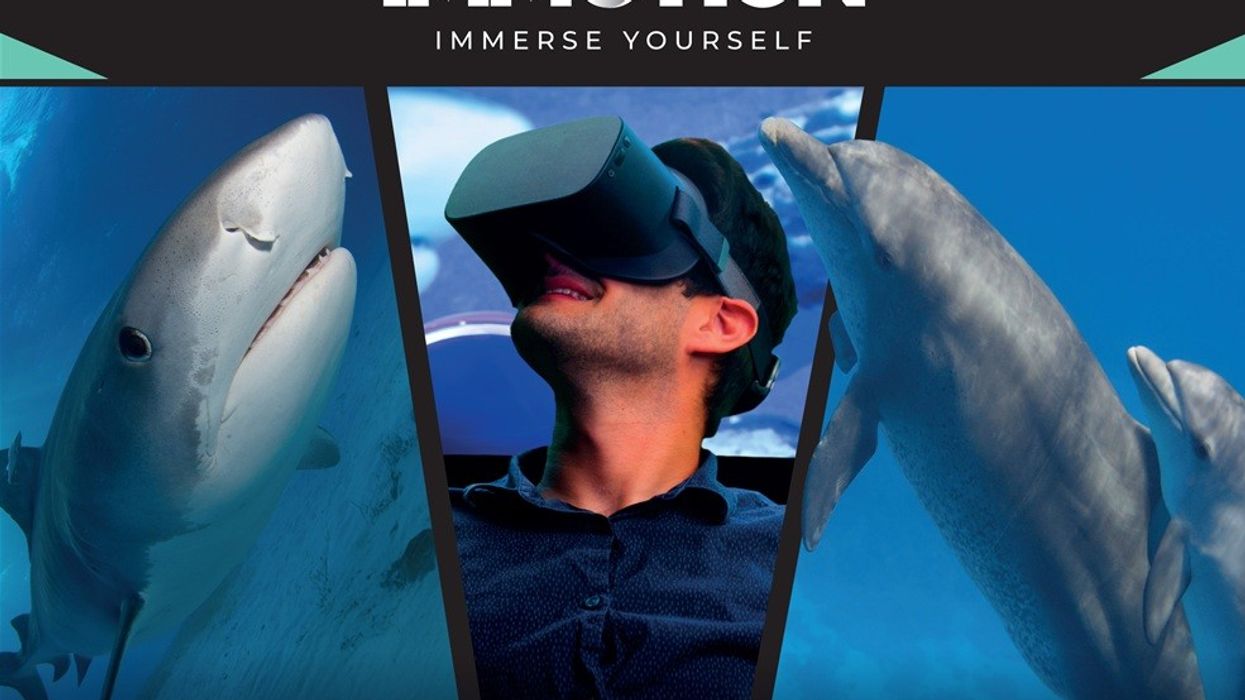
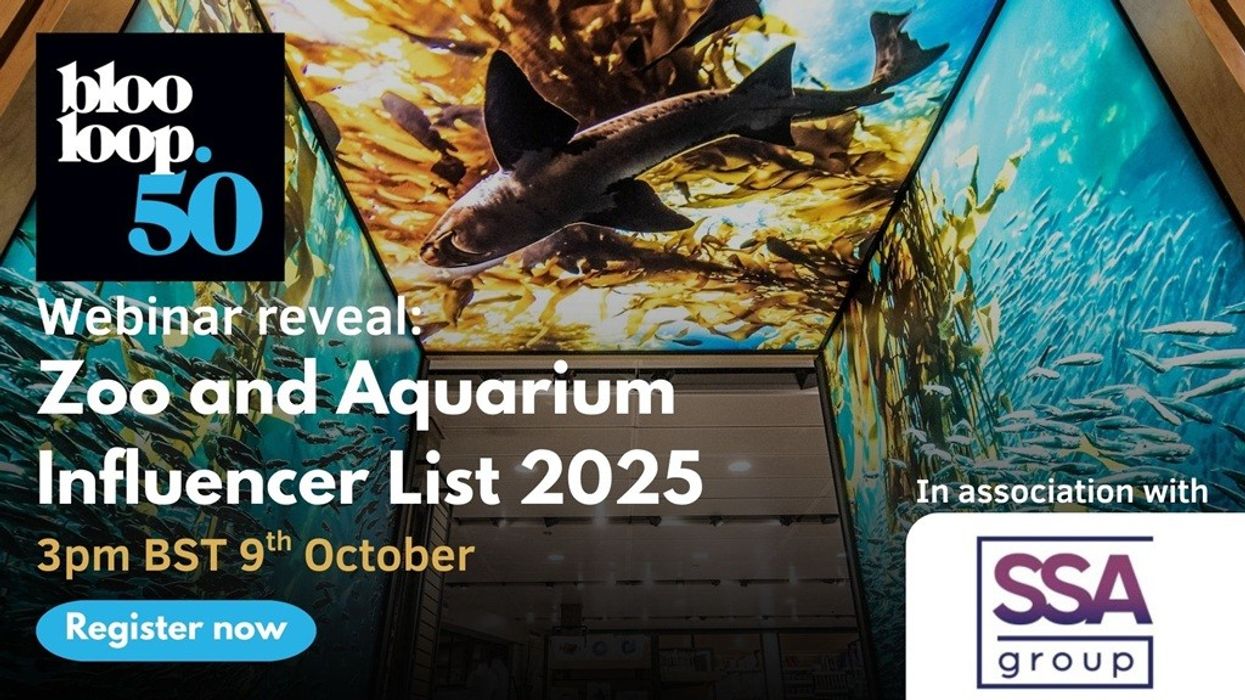

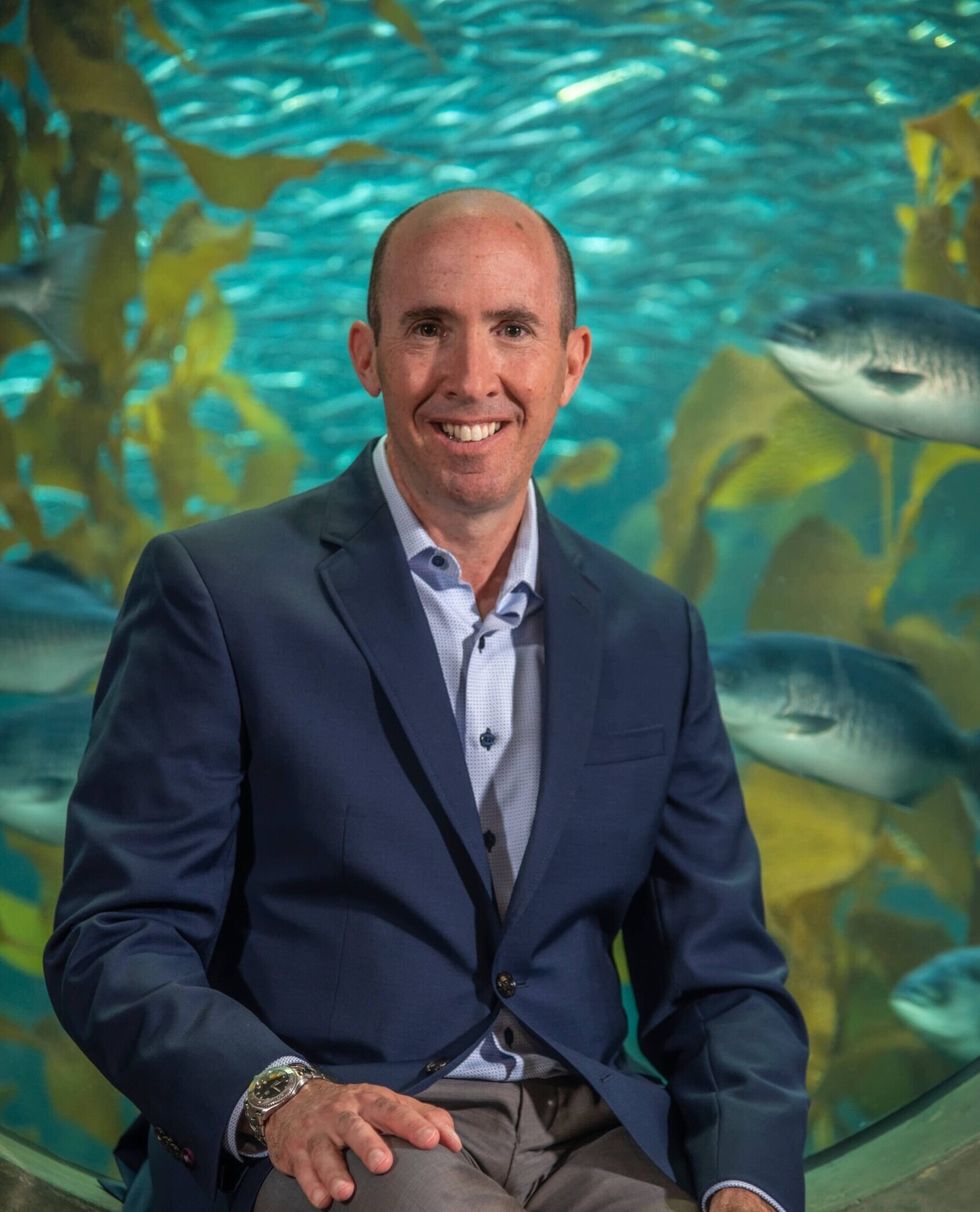 David Rosenberg, Vice President of Guest Experience
David Rosenberg, Vice President of Guest Experience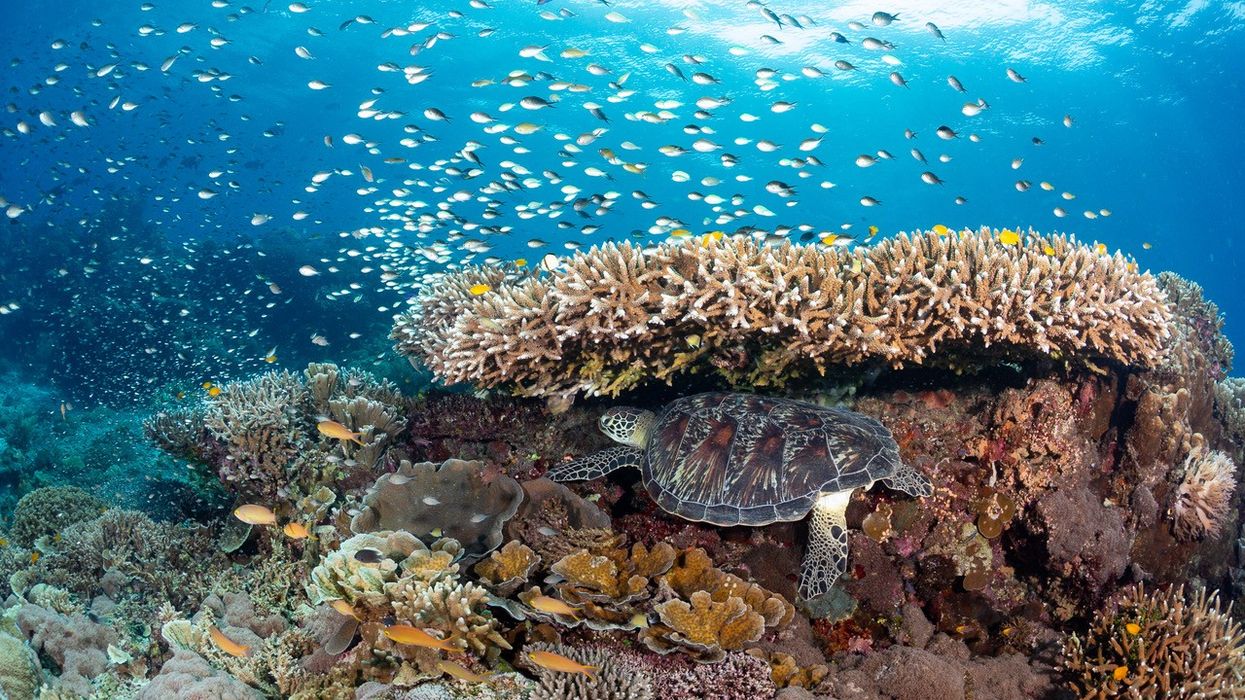
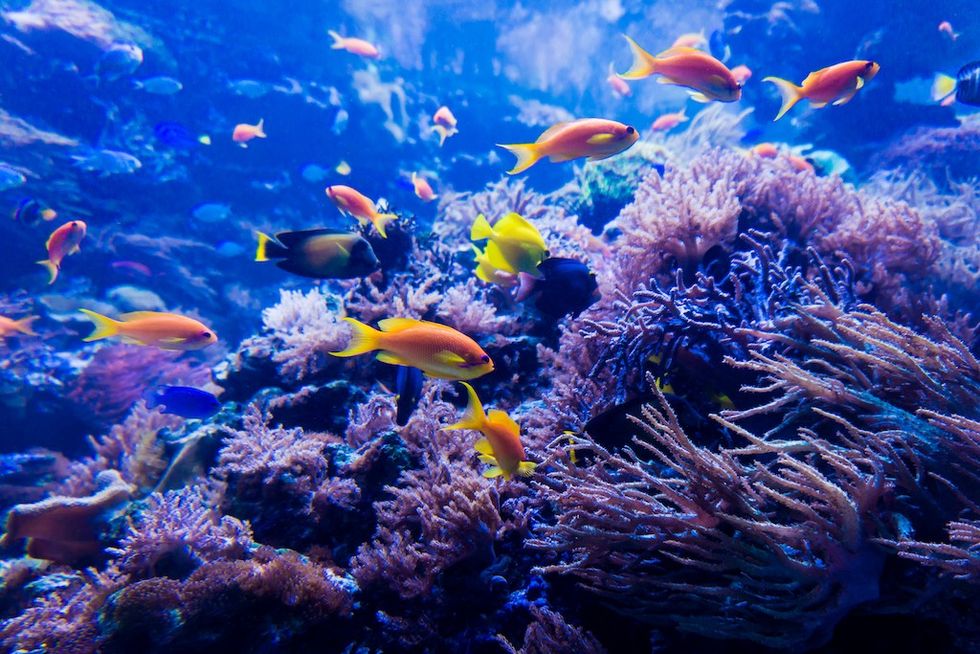
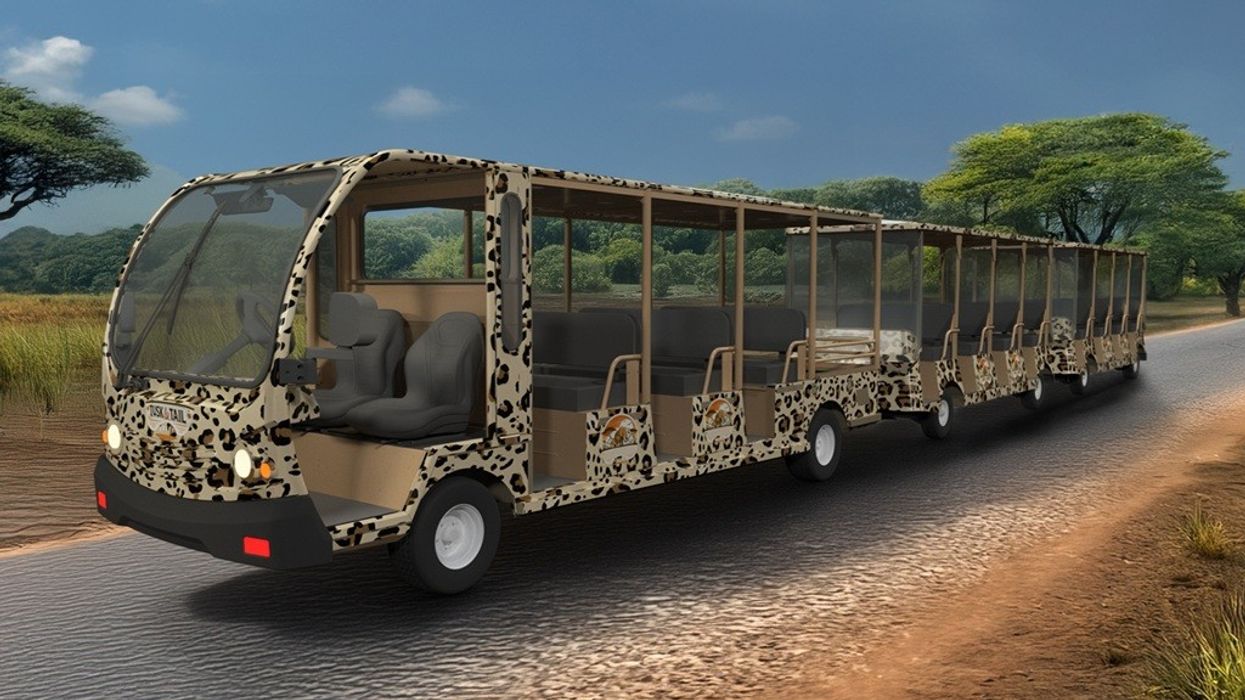
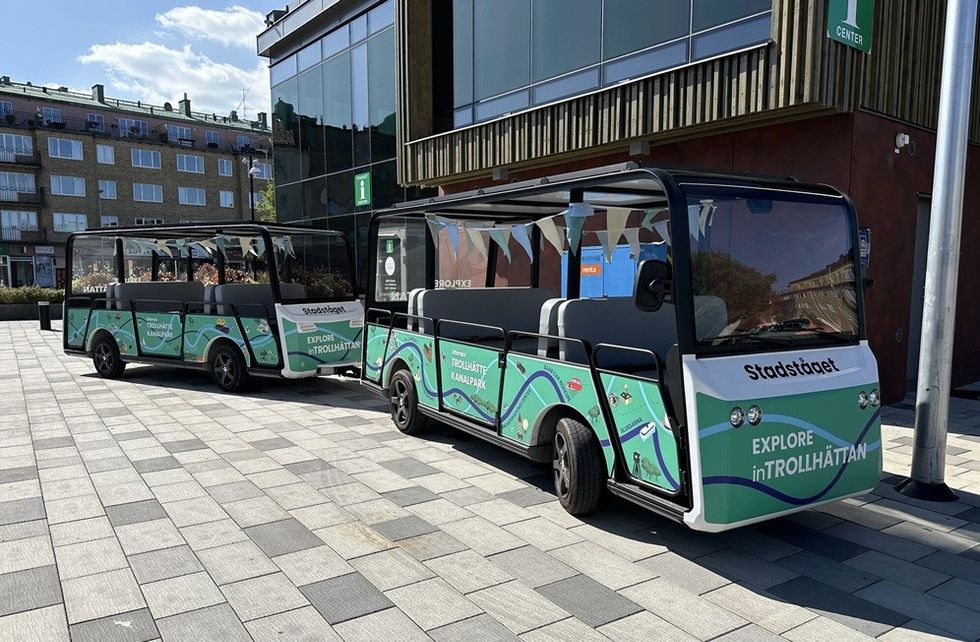 The Solar Shuttle
The Solar Shuttle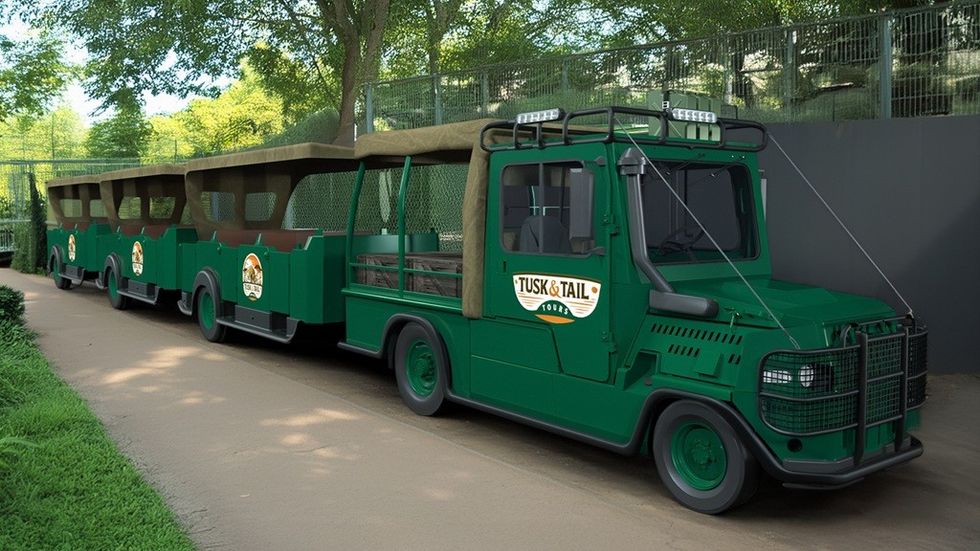 The 9000ST Series
The 9000ST Series